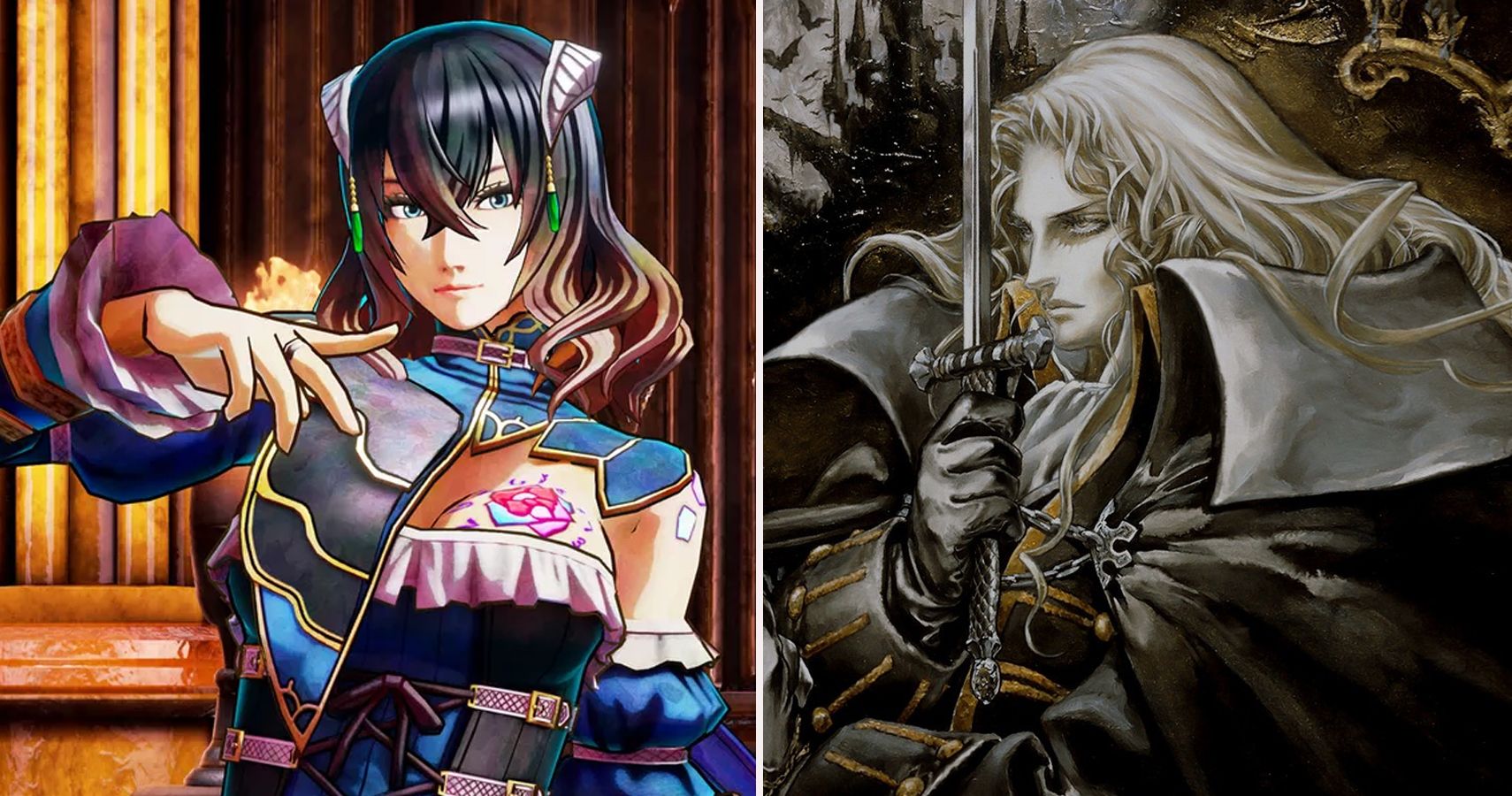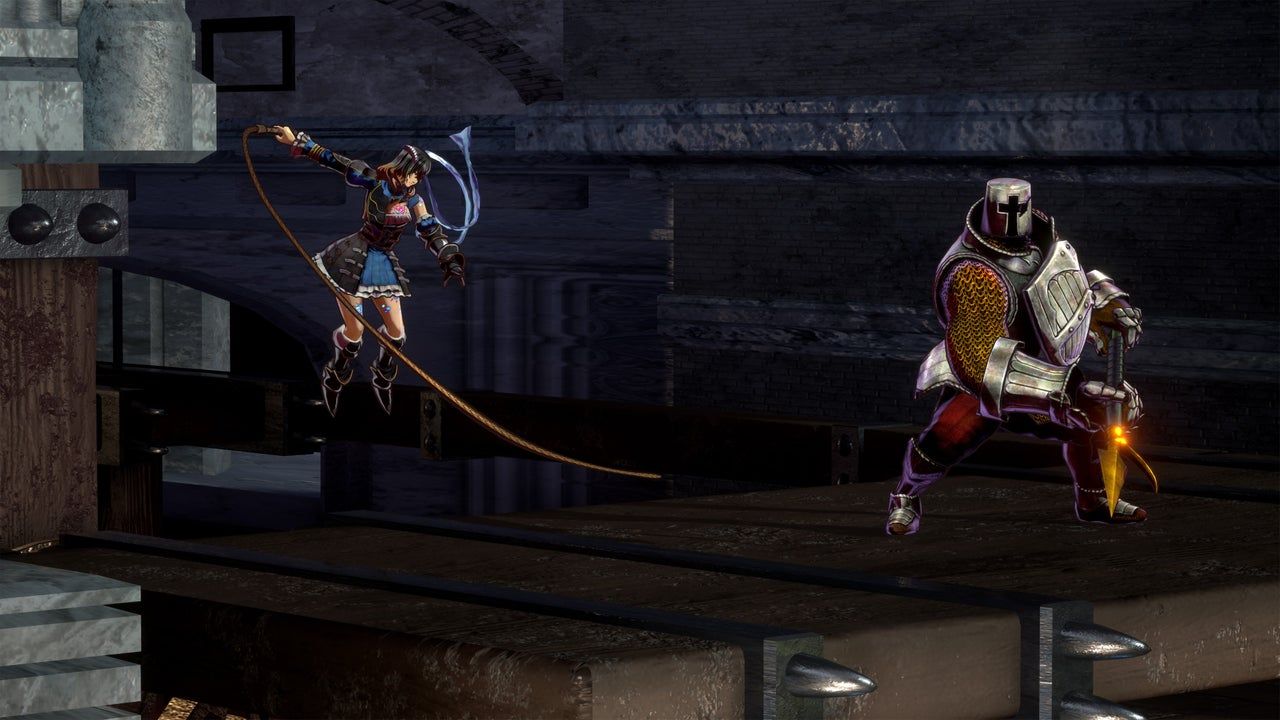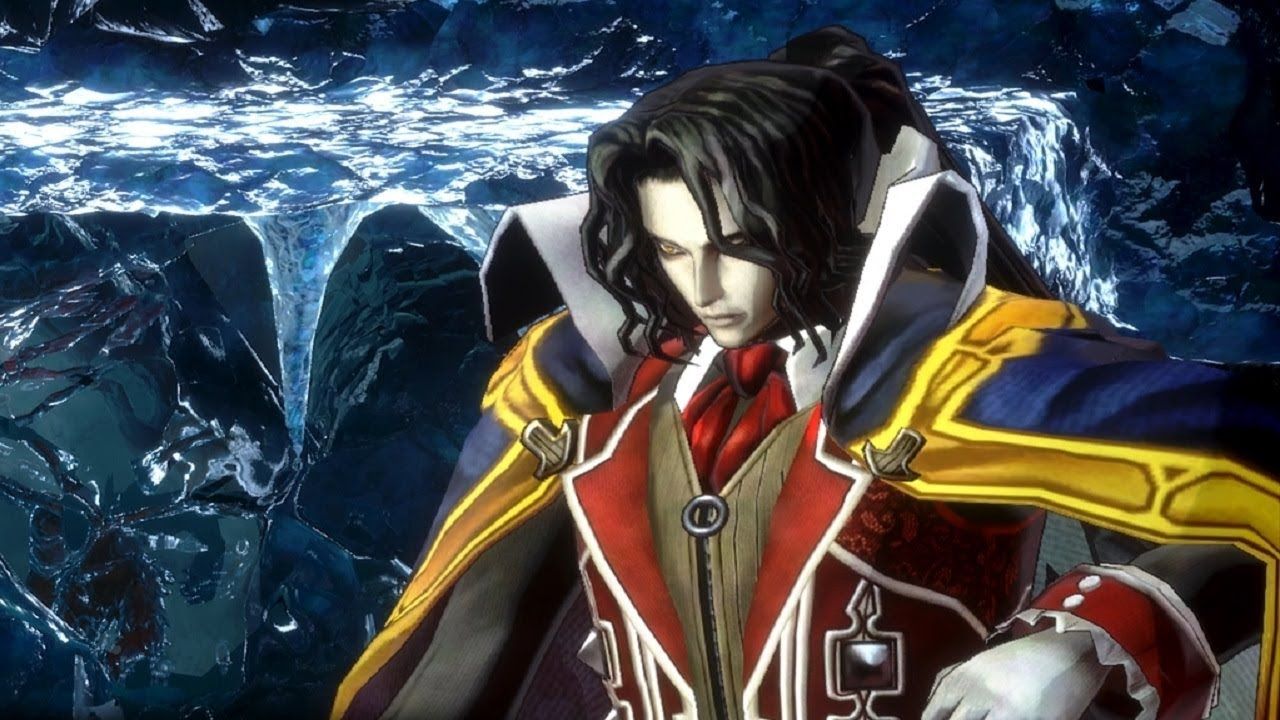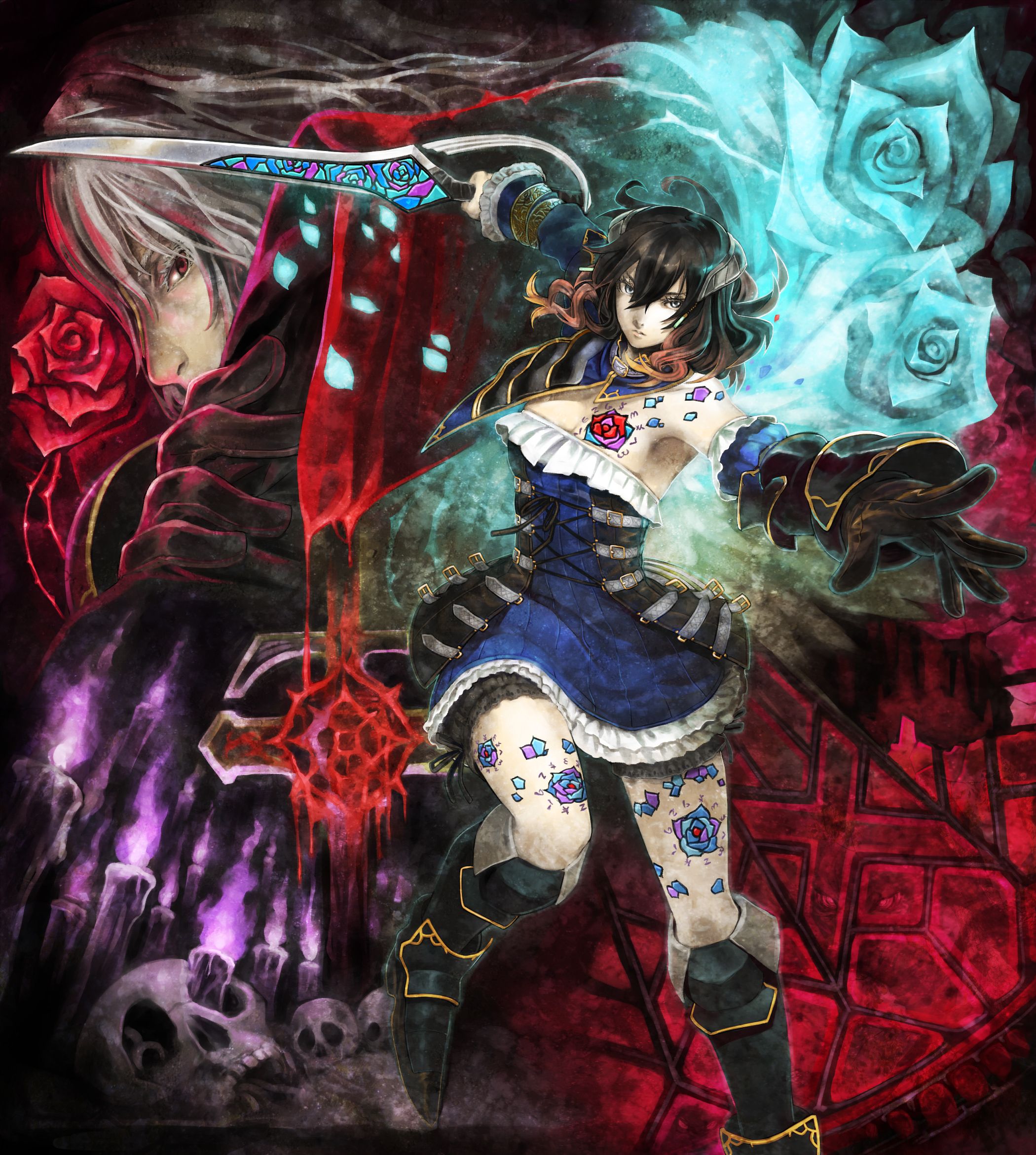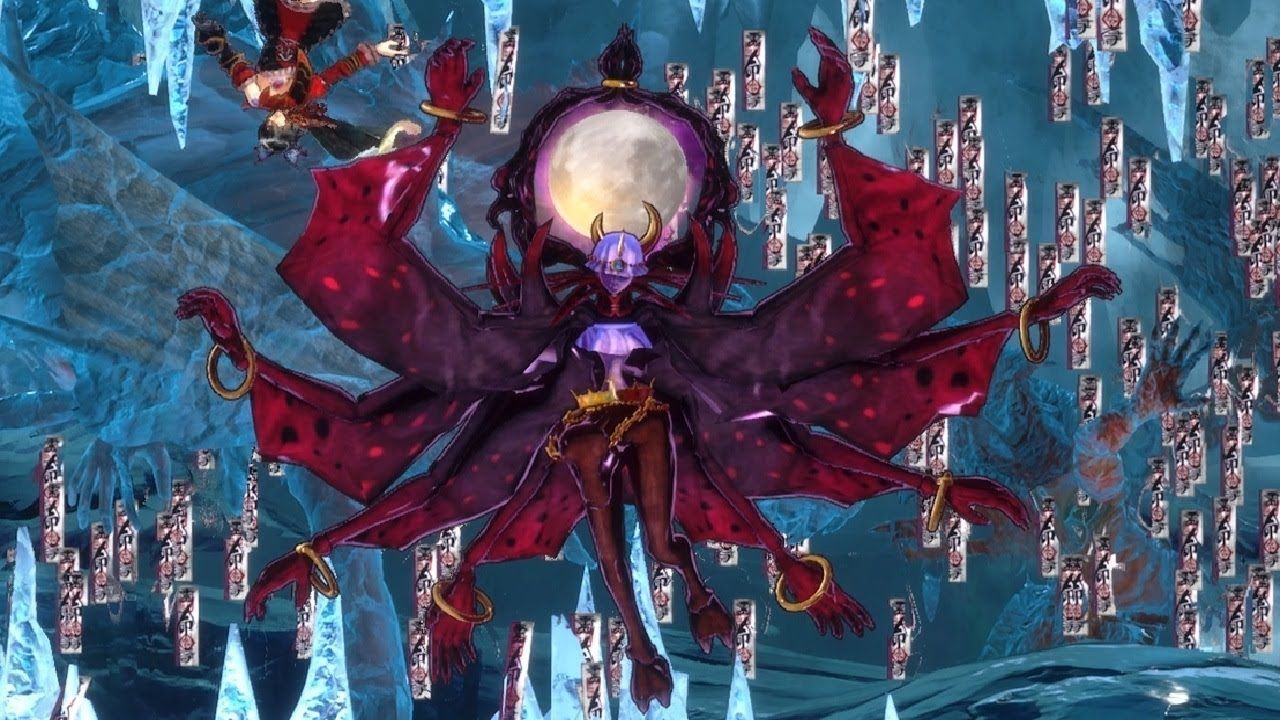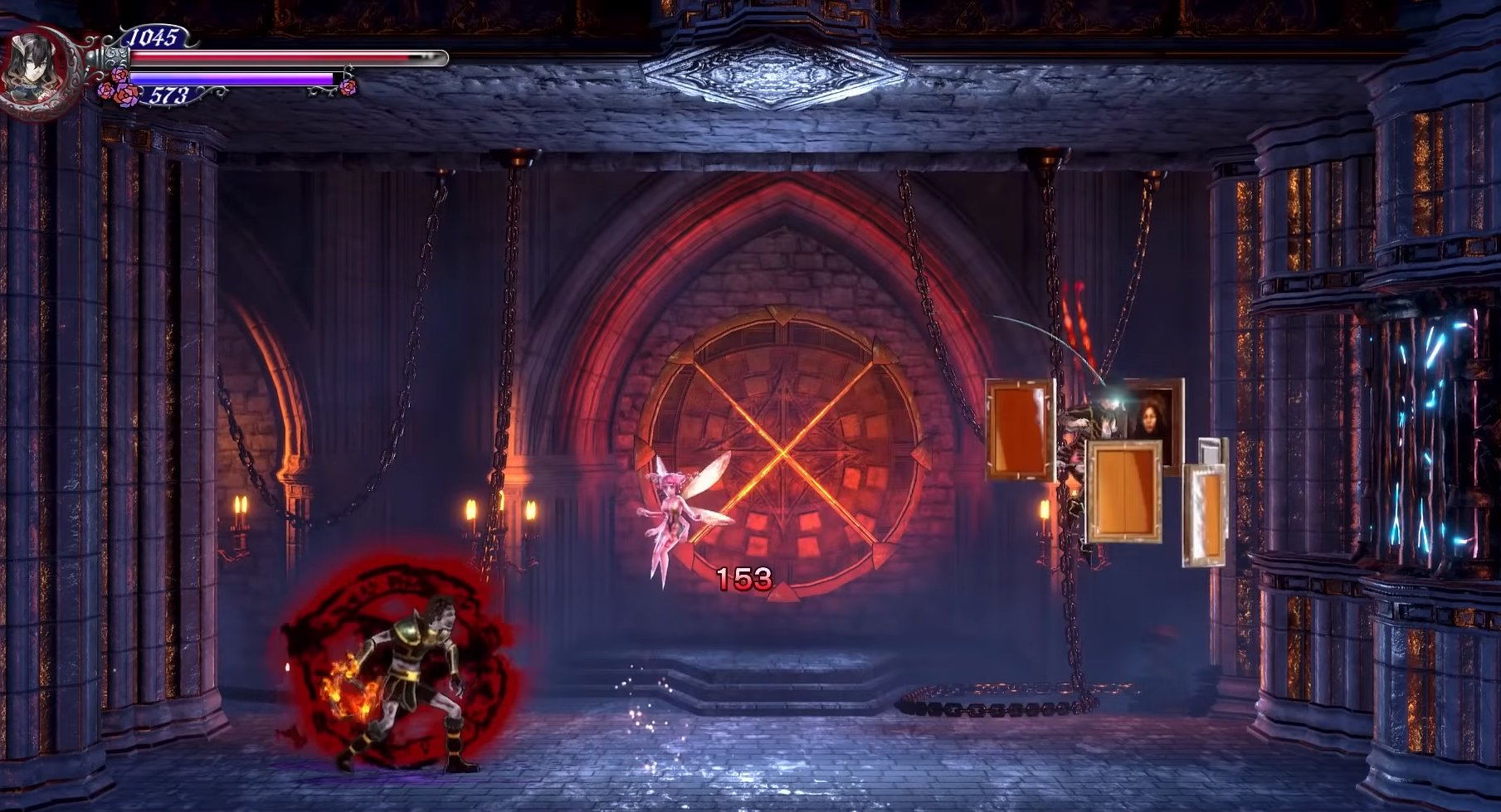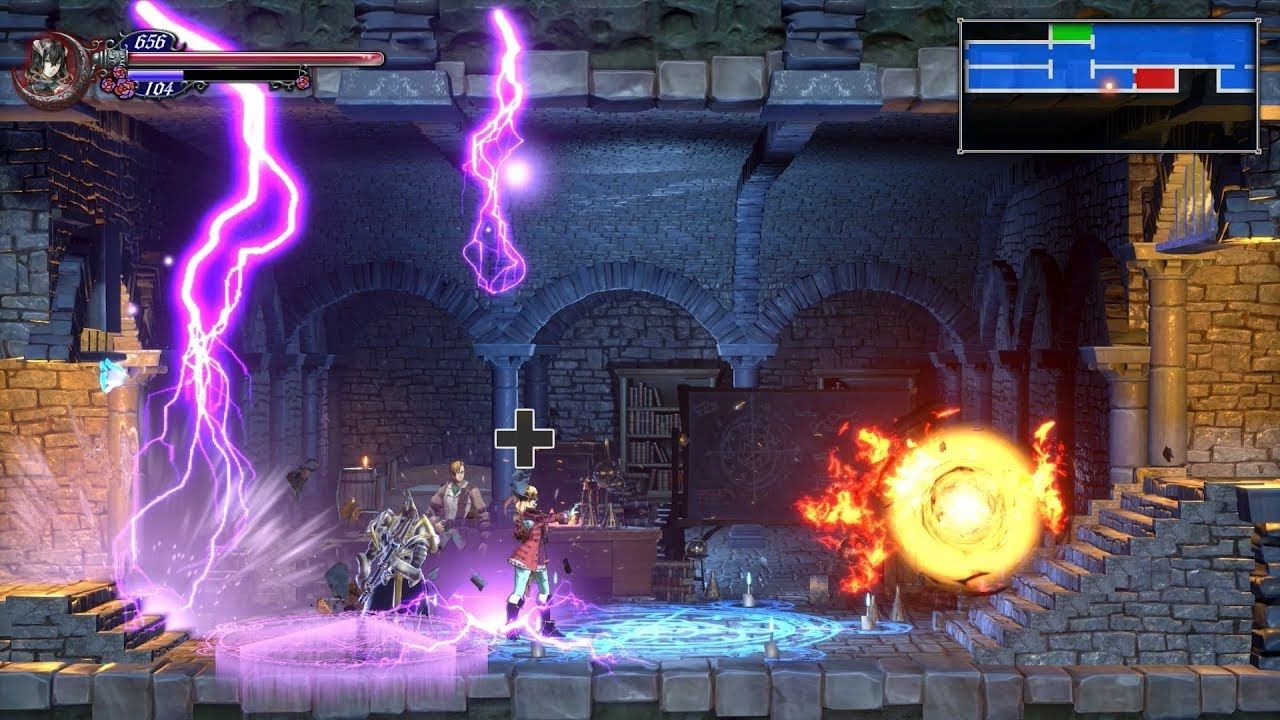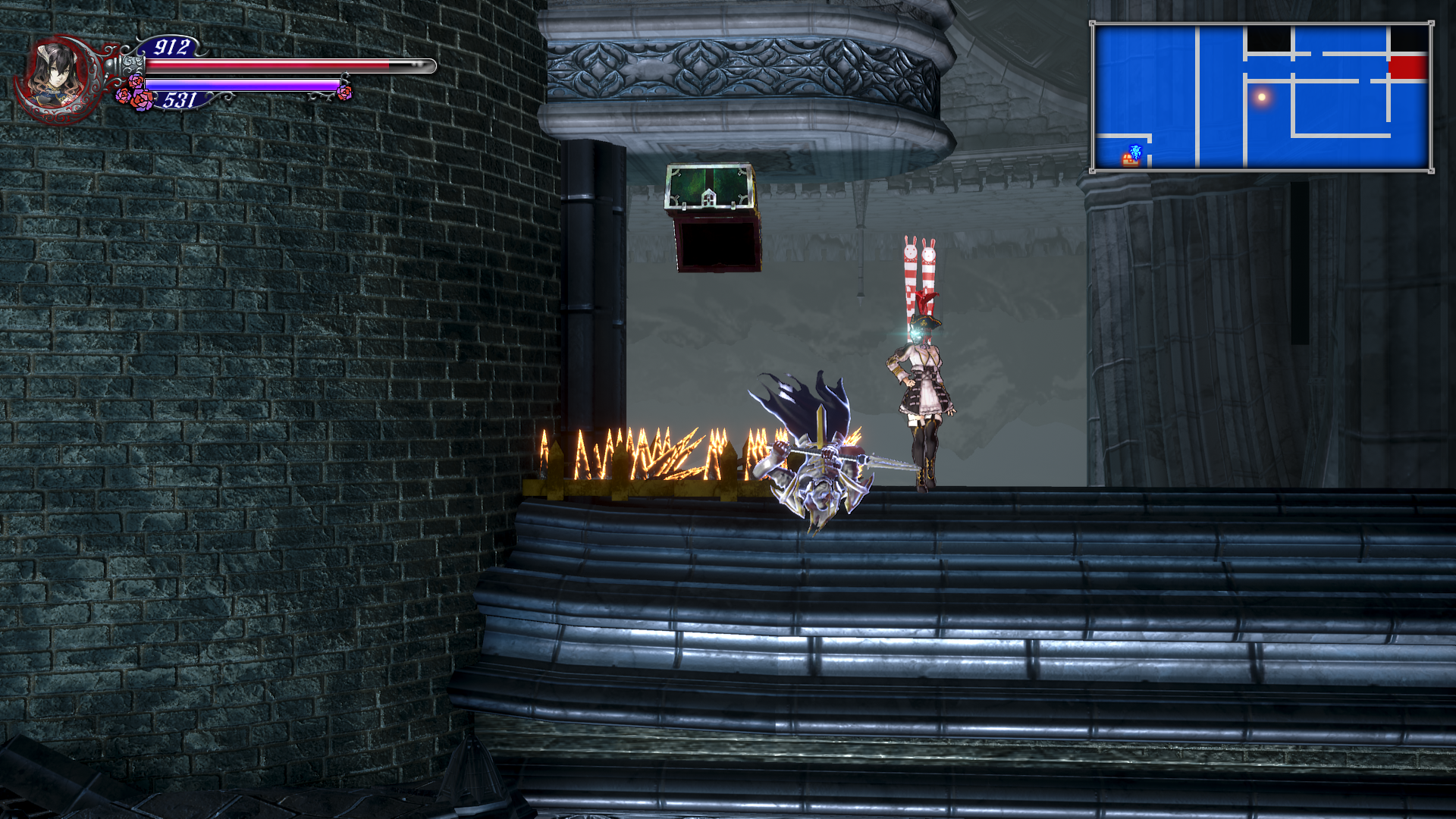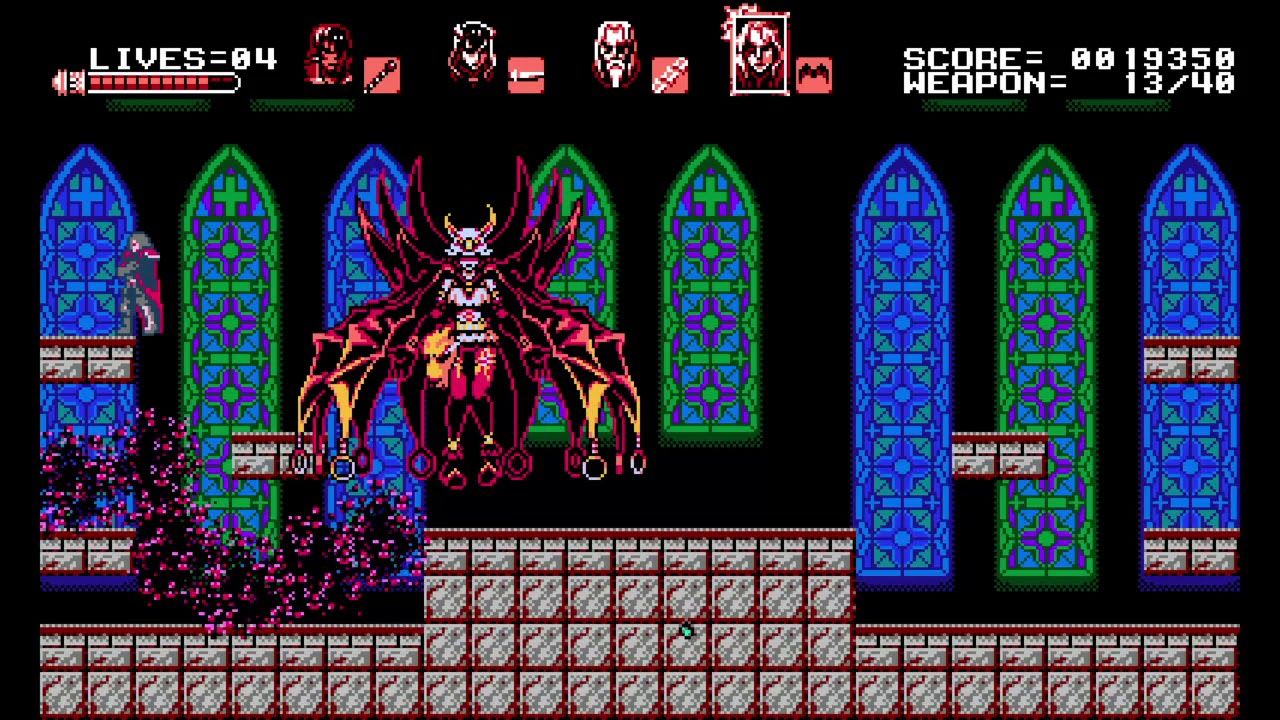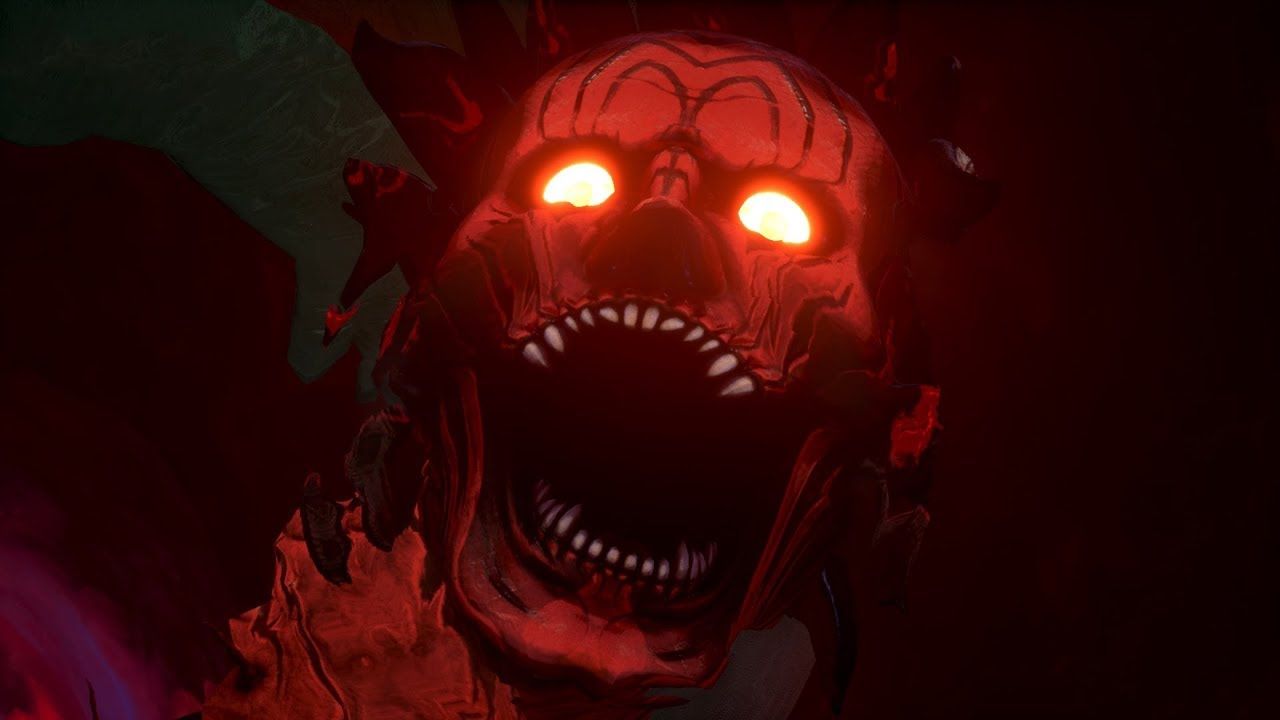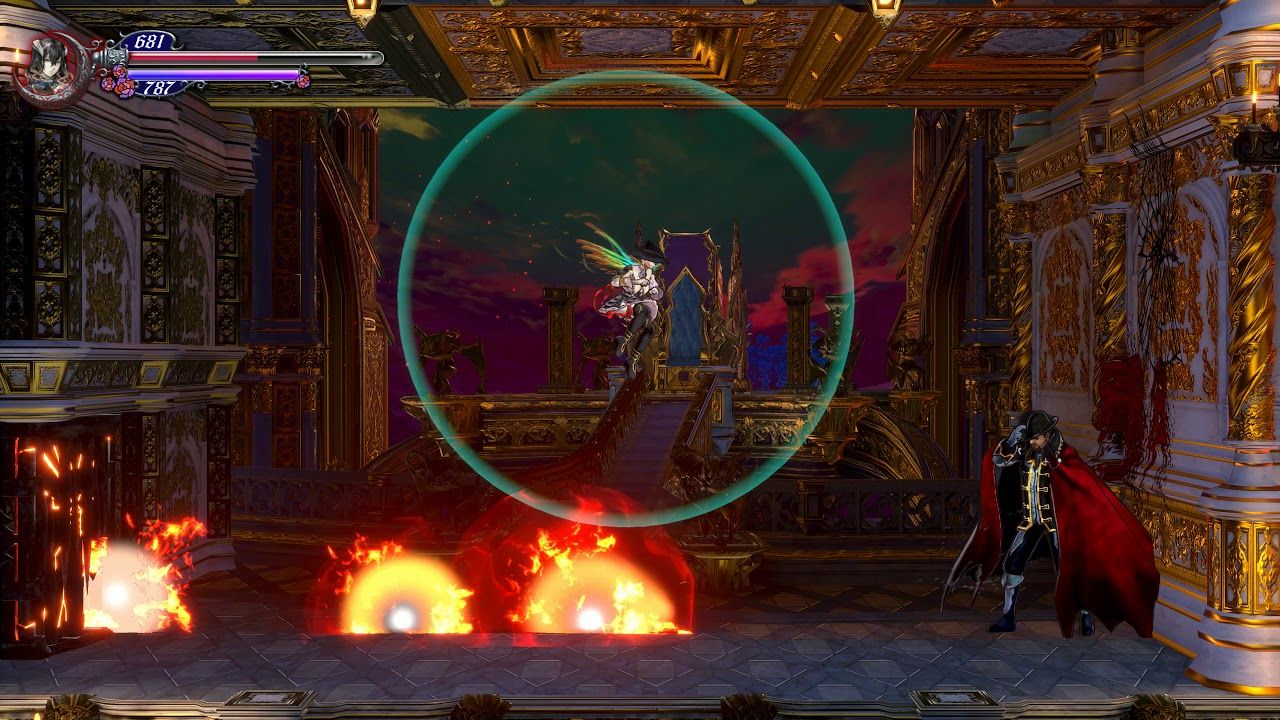After the blunder that was Mighty No. 9, it didn’t seem like Bloodstained: Ritual of the Night would live up to fans’ expectations. It was already receiving criticism for its poor lighting and general aesthetic which is never a good sign. Miraculously, Igarashi did the impossible and actually listened to fans. With time and delays, Bloodstained was polished into a proper video game release (for all consoles but Switch.)
Being the successor to Konami’s now dormant Castlevania franchise, Bloodstained references the series quite often. From start to finish, Bloodstained is a love letter to all things Castlevania, albeit one that never forgets to craft an identity of its own. Reader beware, however, as Bloodstained features references even in its main story. There will be major spoilers from here on out.
10 Lindsay’s Questline References Castlevania Characters
Castlevania was never too gung ho when it came to quests, so it’s a bit surprising that Bloodstained actually places a considerable amount of emphasis on them. Questlines offer some genuinely great rewards, even helping players out with exploration in some cases.
Lindsay’s quest, in particular, is a massive Castlevania reference. Throughout her questline, she’ll ask Miriam to avenge fallen villagers. Most villagers, however, are named after Castlevania characters. Some are obvious like Simon and Richter, but even characters like Maxim end up getting referenced. It’s a great way of honoring the series without being too on the nose, even if some of the names are quite obvious.
9 Orlok Dracule, The Walking Alucard Reference
From his design to his voice, there’s really no getting around the fact that OD is just Bloodstained’s version of Alucard. Not only is he found in the exact same spot where the Master Librarian is found in Symphony of the Night, but he also fights like Alucard during his secret post-game boss fight.
OD uses several of Alucard’s signature abilities during his battle which just makes the reference so much more potent. Better yet, in both English and Japanese, Orlok is voiced by Alucard’s original voice actors. There's something quite charming about hearing late '90s era dubbing in a game so well directed.
8 Miriam, Gebel Mirror Shanoa, & Albus
Considering just how intimate Order of Ecclesia was as a game, it wouldn’t be too much of a stretch to assume that Igarashi was particularly attached to Metroidvania. It clearly shows quite often in Bloodstained, especially through the relationship between Miriam and Gebel. Not only do the two have a similar dynamic to that of Shanoa and Albus, Gebel actually invokes Albus during his death scene.
While Gebel dies much earlier in the game than Albus, he dies happy because he got to see Miriam smile one last time. It’s a moment ripped straight out of Order of Ecclesia, but it’s one that works well for both games.
7 Gremory Is Basically Death
Gremory is an interesting character. Anyone who played Curse of the Moon will immediately suspect her, but the story does a decent job of hiding the fact that she controls Gebel and not vice versa. Once Gebel dies, she becomes the main antagonist, giving the impression that she’s the game’s Dracula.
Then her boss fight hits and it turns out that Gremory was Death all along. Not only was she just helping the main villain, but her boss fight is also a massive reference to Death. She fights with miniature scythes, has a second form, and even moves around the screen ala Death.
6 The Revenant Boss Fight
At the end of Lindsay's quest line, she’ll ask Miriam to take out the Revenant. Tucked away in the Warhorse’s room, a secret area that can only be opened very late in the game. Once opening the room, Miriam will immediately square off with the Revenant, a super boss who fights like a tried and true Belmont.
The Revenant has Belmont's whip, stride, sub-weapons, and jump. He’s not particularly difficult, but he is a tank and can make quick work of Miriam if players are reckless. In many respects, the Revenant is an easier version of the Richter fight from Portrait of Ruin.
5 Miriam’s Shard System Is Soma’s Soul System
Where Bloodstained styles its story and level design quite heavily after Symphony of the Night (with some Order of Ecclesia thrown into the mix,) its main mechanic is very much just a natural continuation of Soma’s Soul system from the Sorrow duology, functioning virtually identical to how Soma uses and obtains Souls in those games.
Bloodstained puts its own unique spin on things, of course, but Shards are fundamentally and functionally Souls. Even from a narrative standpoint, Shards infect Miriam in very much the same way Souls end up infecting Soma, albeit perhaps not as extreme (yet.)
4 The Invert Shard Is The Game’s Inverted Castle
One of gaming’s greatest twists, reaching the “end” of Symphony of the Night only to discover that there was another, inverted, castle to explore that recontextualizes the entire game. It’s the equivalent of reaching the clearcut final boss and being told that the game is only halfway through at most.
Rather than simply lifting the same twist from Symphony of the Night, Bloodstained gets a bit more creative with an Inverted Shard. Said shard lets Miriam invert gravity to more or less give the same effect as the inverted castle. Better yet, it can be used in any room and greatly improves exploration.
3 Gebel And Gremory Mirror Richter And Shaft
Going into Ritual of the Night, and hot off the tail of Curse of the Moon, it seemed more or less confirmed that Gebel was by all accounts the main villain. He wasn’t manipulated, he wasn’t misguided, he was just a good man who became evil. For it to turn out that this wasn’t the case at all and that Gremory was controlling him was a massive twist.
As it turns out, and perhaps should have been obvious to anyone who played Symphony of the Night, Gebel was being controlled by Gremory in the exact same way Richter was being controlled by Shaft. It was clear that something was off about Gebel, but Shaft-like possession still ends up being a rather surprising turn.
2 Bael, Bloodstained’s Very Own Dracula
Bael isn’t mentioned all that often in Ritual of the Night, which is perhaps for the best, considering he’s the clear Dracula analog. The character all the villains want to revive, Bael is basically a static, personality-less version of Dracula. Which is fine. If Bloodstained wants a Dracula, this is the way to do it.
Not only does it keep the reference intact, but it also allows for more development in regards to the main villains, something Castlevania struggled to achieve outside of the Sorrow games. Dominique is a bit on the bland side, but she’s one of the better villains in an IGAvania simply because she doesn’t play second fiddle to a Dracula figure. Narratively, at least.
1 The IGA Boss Fight
Speaking of Dracula, the secret IGA boss fight is the Dracula battle Ritual of the Night very carefully tried to avoid playing out in its main story. As a mandatory boss, it would be a bit too on the nose and derivative. As a secret super boss, it’s an incredible Easter egg that actually gets to put “Dracula” on a pedestal.
IGA is the most difficult incarnation of the Dracula battle yet which, honestly, makes him one of the best if not the very best. He’s also incredibly agile, meaning that longtime fans of Castlevania can’t use the same tactics they have been for decades. It’s a proper evolution of the Dracula battle format.

